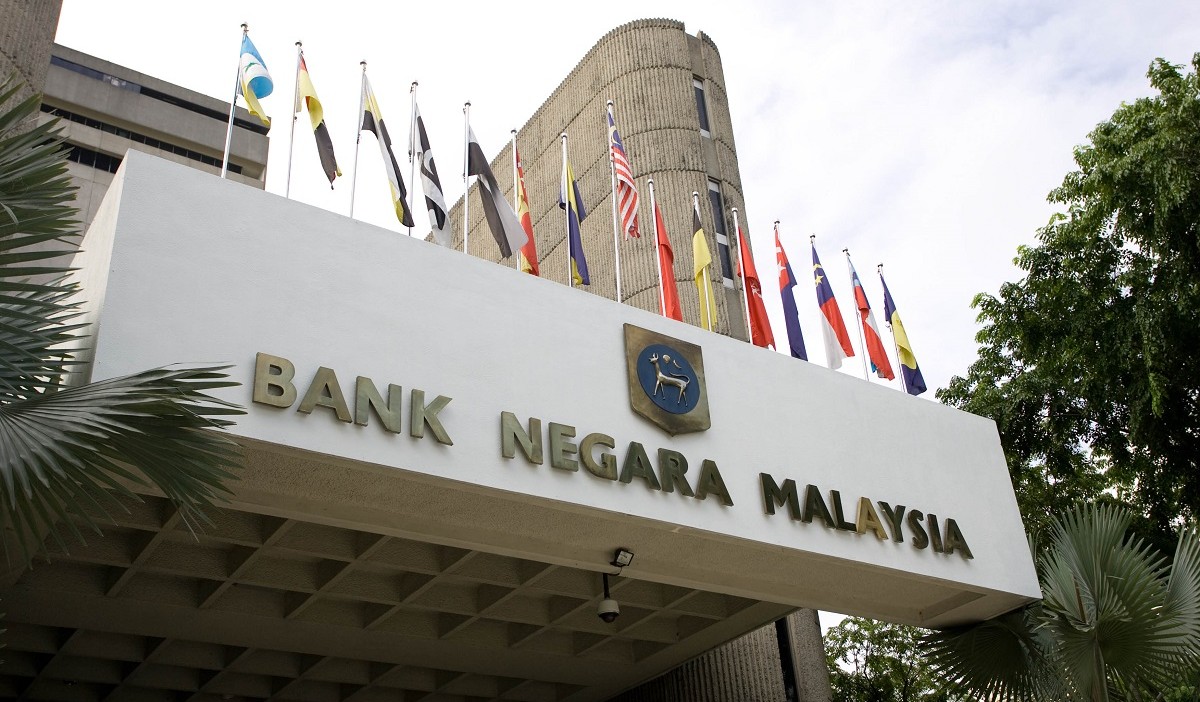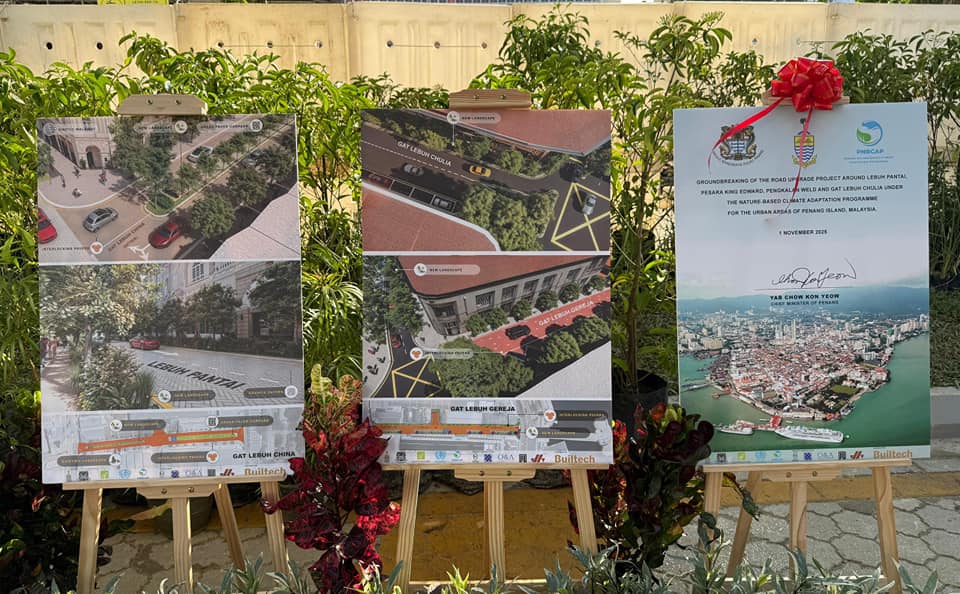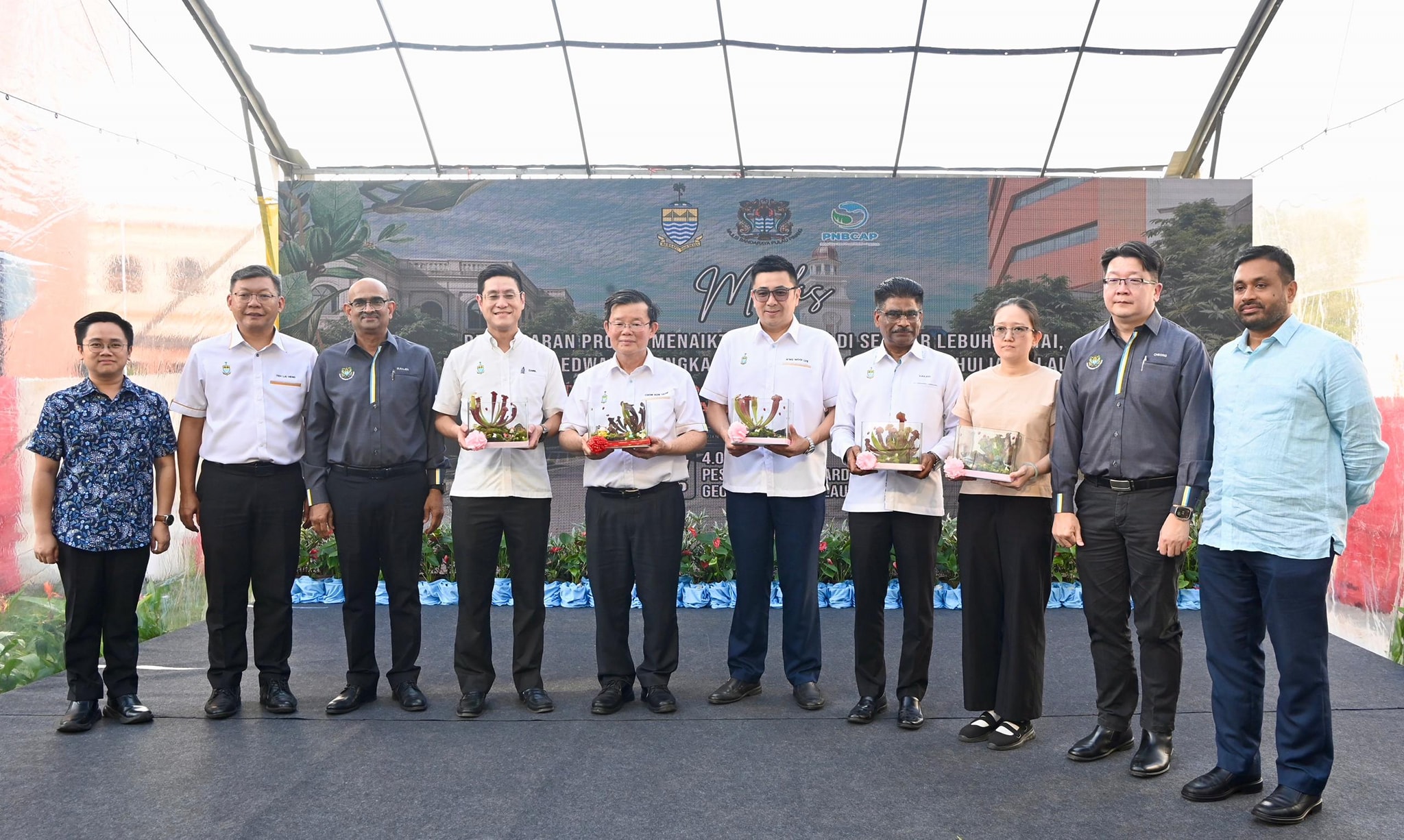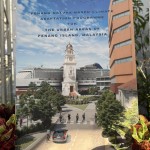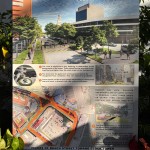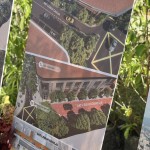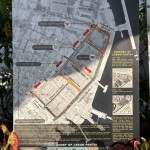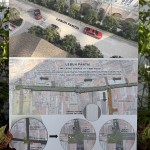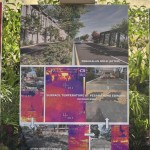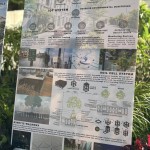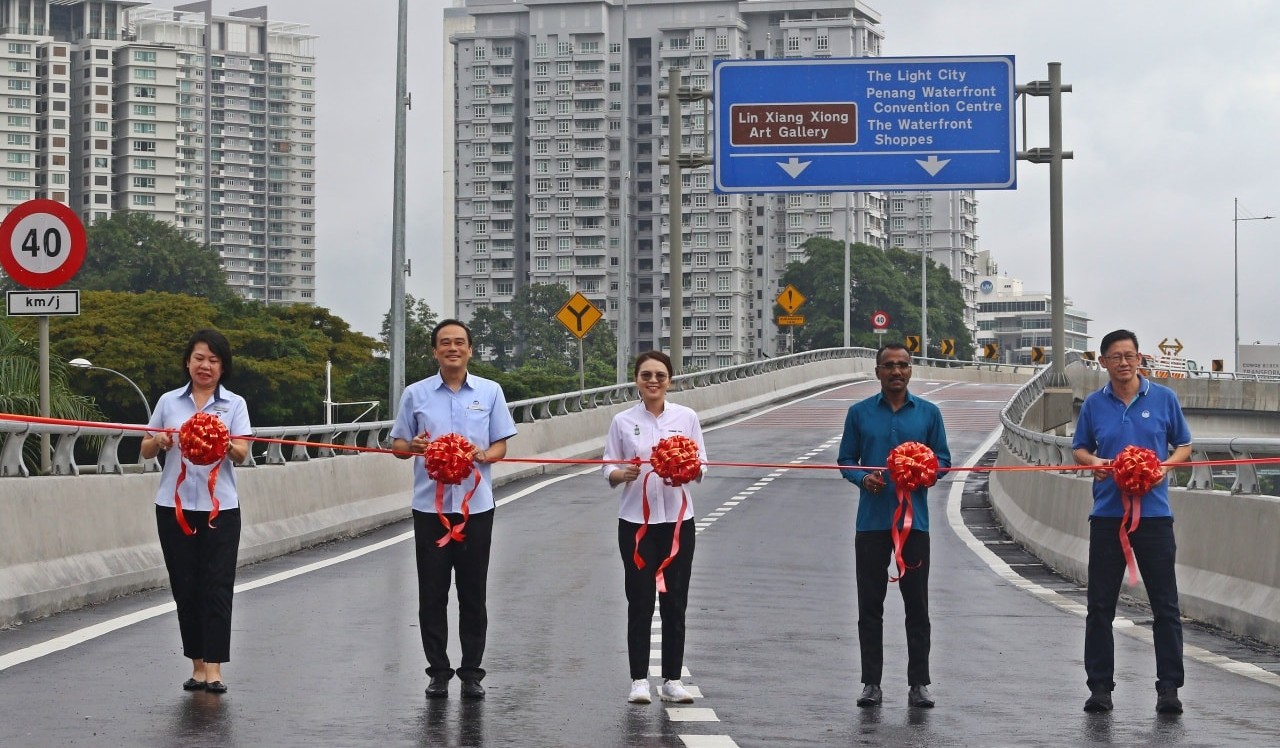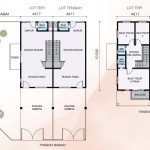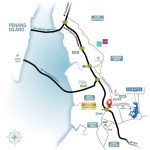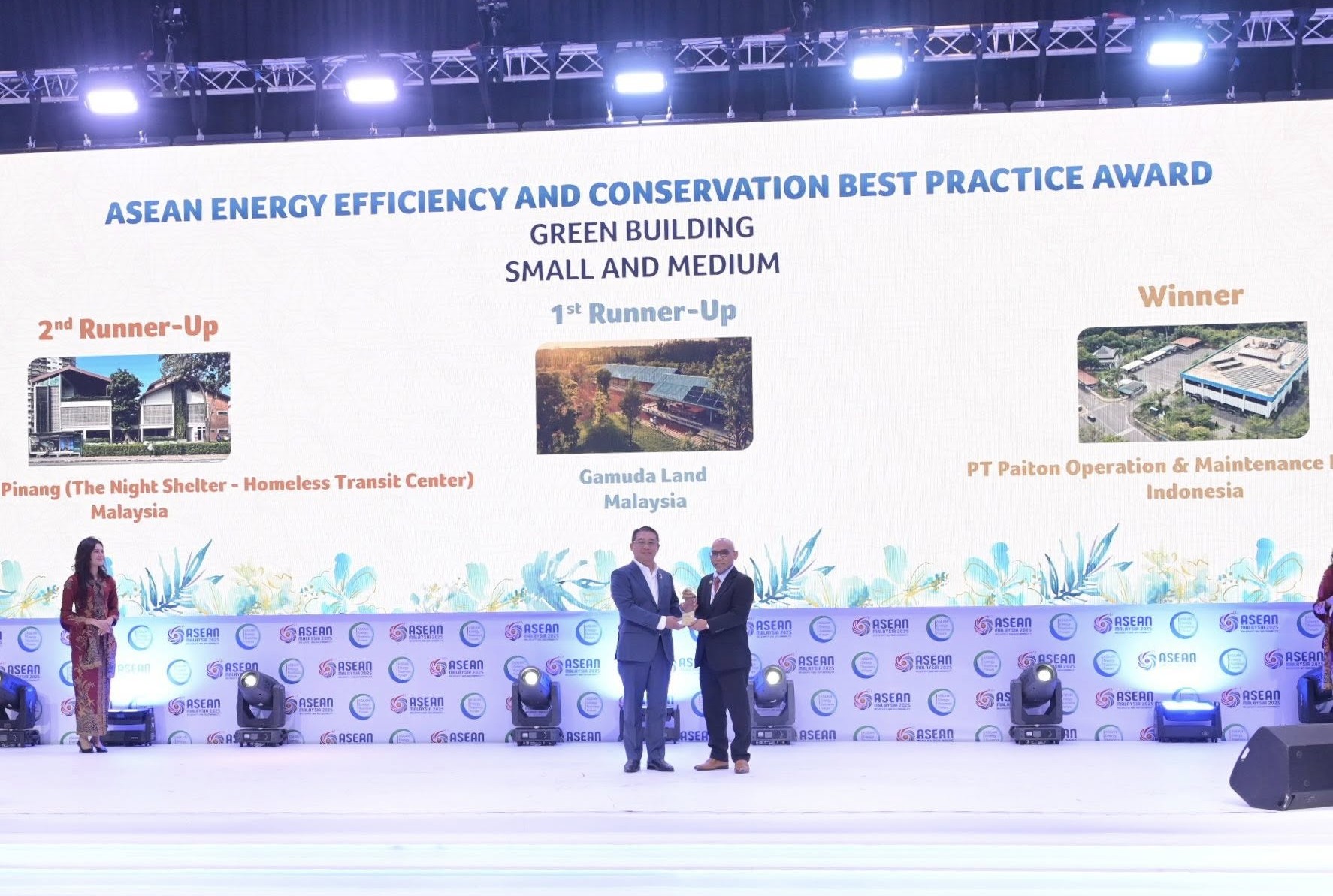BNM maintains OPR at 2.75%, says policy stance remains supportive of growth
Bank Negara Malaysia (BNM) has maintained the Overnight Policy Rate (OPR) at 2.75%, following its latest Monetary Policy Committee (MPC) meeting held today. The central bank said the current monetary policy stance remains appropriate and supportive of sustainable economic growth amid stable price conditions.
BNM noted that global growth continues to expand, backed by resilient labour markets, moderating inflation, and supportive fiscal measures. While higher tariffs and geopolitical tensions continue to pose downside risks, improved trade negotiations and easing monetary policies globally have helped reduce uncertainty. The central bank also pointed to concerns over elevated financial market valuations but said pro-growth policies in major economies could offer some upside to the outlook.
On the domestic front, BNM highlighted better-than-expected growth in the third quarter, driven by sustained domestic demand, resilient electrical and electronics (E&E) exports, and recovery in commodity production. Moving into 2026, growth will continue to be supported by strong household spending, aided by employment gains, wage growth, and income-related policy measures.
Investment activity is expected to remain robust, supported by ongoing public and private sector projects, high realisation of approved investments, and key initiatives under national master plans and the Thirteenth Malaysia Plan (RMK13). Measures introduced under Budget 2026 will further strengthen growth prospects. However, BNM cautioned that external uncertainties, including slower global trade and weaker sentiment, could weigh on the outlook.
Inflation remains moderate, with headline and core inflation averaging 1.4% and 1.9%, respectively, year-to-date. The central bank expects inflation to stay contained in 2026 amid easing global cost pressures and stable commodity prices. Core inflation is projected to remain close to its long-term average, reflecting continued economic expansion without excessive demand pressures.
BNM said the overall impact of domestic policy reforms on inflation next year is expected to be limited. The MPC reaffirmed its commitment to monitor evolving economic and financial developments and to assess the balance of risks to both growth and inflation.

